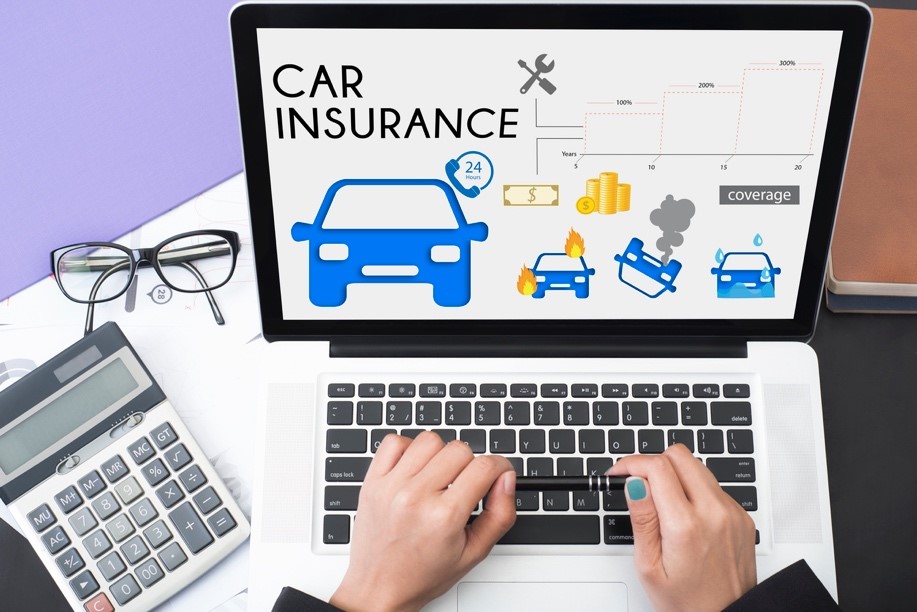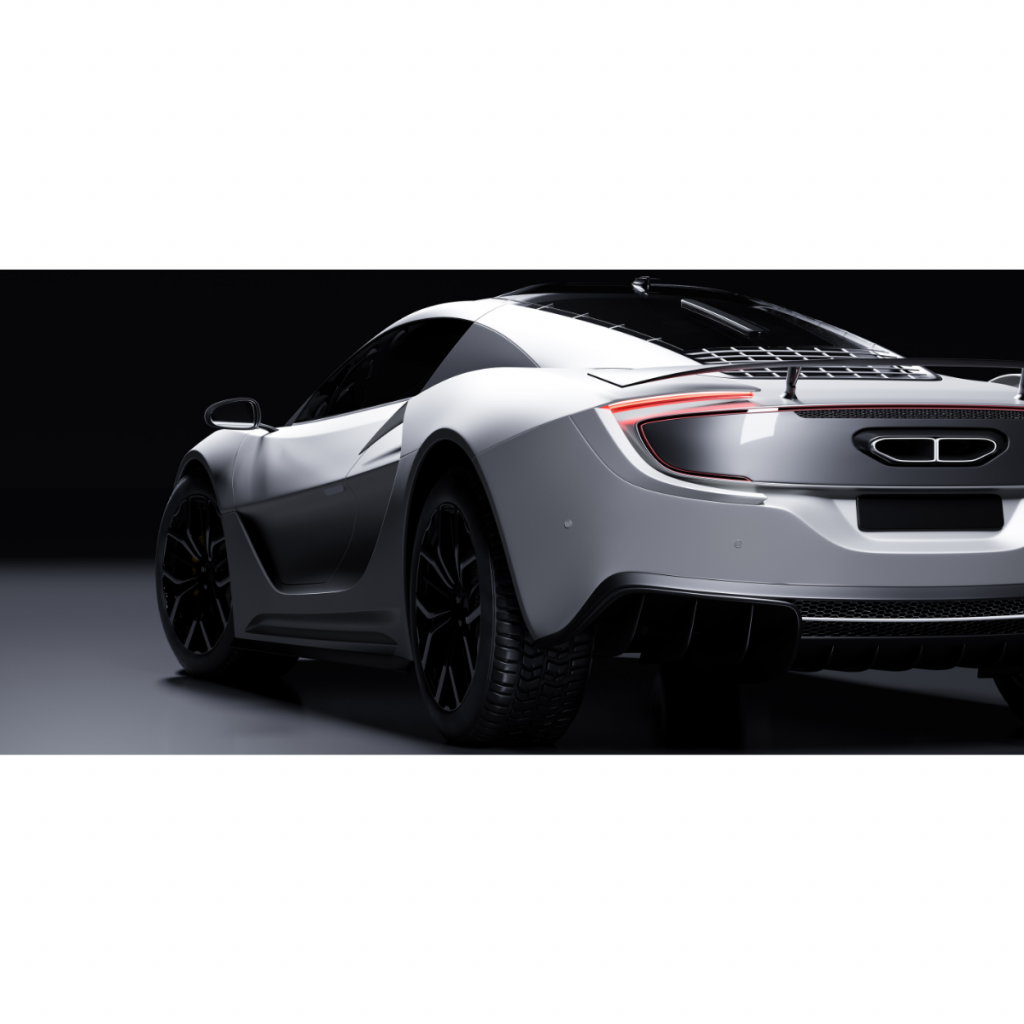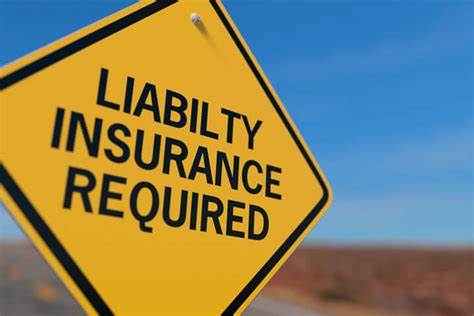When it comes to car insurance, selecting the right type can be a daunting task, especially with the various options available. Each policy offers different coverage levels, which can impact your financial protection, your peace of mind, and the amount of money you pay in premiums. Whether you’re a new driver or simply looking to reassess your current policy, understanding the differences between car insurance types is crucial. In this guide, we’ll explore the most common car insurance types—liability, collision, comprehensive, and more—so you can make an informed decision. By understanding the pros and cons of each option, you’ll be better equipped to choose the best car insurance for your needs, budget, and driving habits.
Types of Car Insurance Coverage
Car insurance coverage can be broadly categorized into several types, each of which offers a distinct level of protection. Below, we’ll go over the most common types and what they cover, so you can compare and choose the best option for your situation.
1. Liability Insurance
Liability insurance is often the most basic form of car insurance, and in many states, it is mandatory. This type of insurance covers damages to other people’s property and injuries they sustain in an accident where you’re at fault. Liability insurance is divided into two main components:
- Bodily Injury Liability: This covers medical costs, lost wages, and pain and suffering for the other driver and passengers if you’re responsible for an accident.
- Property Damage Liability: This covers the cost of repairs or replacement of other people’s property, such as vehicles, fences, or buildings, when you’re at fault.
Pros: Liability insurance is often the most affordable car insurance option, making it a good choice for drivers with older cars or those who are on a tight budget.
Cons: Liability insurance does not cover any damage to your own vehicle, and it only protects you if you’re not at fault in an accident. Additionally, if you’re involved in an accident and the damages exceed your liability limits, you may be personally responsible for the excess amount.
2. Collision Insurance
Collision insurance covers the costs of repairing or replacing your own car in the event of an accident, regardless of who was at fault. It is typically required if you have a car loan or lease, as it protects the value of the vehicle.

Pros: Collision insurance provides peace of mind knowing that you’re covered if your car is damaged due to an accident, even if you’re the one who caused it.
Cons: Collision insurance can be more expensive than liability coverage, and it may not be worth it if your car is old or has a low market value. Also, it usually has a deductible that you’ll need to pay out of pocket before the policy kicks in.
3. Comprehensive Insurance
Comprehensive insurance, often referred to as “other than collision” coverage, protects you against damages to your car that aren’t caused by a collision. This can include events like theft, vandalism, fire, falling trees, and natural disasters.
Pros: Comprehensive insurance provides broad protection for a variety of situations that could damage your vehicle, and it can be especially valuable if you live in an area prone to extreme weather conditions or have a high-risk car.
Cons: Like collision coverage, comprehensive insurance comes with a deductible, and it can be more expensive than basic liability. It may also be unnecessary if your car is older and has a low value.
4. Personal Injury Protection (PIP)
Personal Injury Protection, or PIP, covers medical expenses for you and your passengers in the event of an accident, regardless of who is at fault. This type of coverage can include medical bills, lost wages, and funeral expenses. PIP is required in some states and optional in others.
Pros: PIP provides additional protection for medical costs and lost income, which can be especially valuable if you’re involved in a serious accident. It’s a good option for drivers who want to ensure they and their passengers are covered in any accident scenario.
Cons: PIP coverage can be costly, and it may overlap with your health insurance if you already have medical coverage. Additionally, it typically doesn’t cover property damage.
5. Uninsured/Underinsured Motorist Insurance
Uninsured/underinsured motorist (UM/UIM) insurance protects you if you’re in an accident with a driver who either doesn’t have insurance or doesn’t have enough to cover your damages. It can also cover hit-and-run accidents.
Pros: UM/UIM insurance provides extra protection if you’re involved in an accident with a driver who is uninsured or underinsured, which is a common concern in many areas.
Cons: UM/UIM coverage may increase your insurance premiums, and it typically only covers property damage or bodily injuries, not damage to your own vehicle.
6. Gap Insurance
Gap insurance is an optional policy that covers the difference between the current market value of your car and the amount you owe on your loan or lease in the event of a total loss. This type of coverage is particularly useful for new cars, which can depreciate quickly.
Pros: Gap insurance can save you from being financially responsible for a large amount if your car is totaled, especially if it has depreciated significantly in value since you purchased it.
Cons: Gap insurance is typically only necessary for new car owners or those with outstanding loans or leases. If you own your car outright, this coverage might not be needed.
How to Choose the Best Car Insurance for Your Needs
Now that you’re familiar with the various types of car insurance, it’s time to consider how to select the best coverage for your specific needs. Here are some important factors to take into account when comparing car insurance options:

1. Your Budget
Consider how much you can afford to spend on your car insurance premiums. While basic liability coverage tends to be more affordable, comprehensive and collision coverage can be pricier. Keep in mind that higher deductibles can lower your premiums, but they also mean you’ll have to pay more out of pocket in the event of a claim.
2. Your Car’s Value
The value of your vehicle plays a significant role in determining the type of coverage you need. For newer or more expensive cars, comprehensive and collision coverage may be worth the investment. For older cars with a low market value, liability insurance may be sufficient.
3. Your Driving Habits
How often you drive and the areas where you drive can affect your risk level. If you frequently drive in busy urban areas, comprehensive insurance may offer additional peace of mind. On the other hand, if you mostly drive on quiet country roads, basic liability may be enough.
4. State Requirements
Each state has different laws regarding minimum car insurance requirements, so it’s important to be aware of what’s mandatory in your area. However, keep in mind that minimum coverage may not provide adequate protection in all scenarios.
5. Discounts
Many insurers offer discounts for safe driving, bundling policies, having certain safety features in your car, or completing defensive driving courses. Be sure to ask about discounts when shopping for coverage.
Conclusion
Choosing the right car insurance policy is crucial for protecting your vehicle, your finances, and your well-being in the event of an accident. By understanding the differences between liability, collision, comprehensive, and other types of coverage, you can make an informed decision about the best policy for your needs. Don’t forget to consider factors such as your budget, the value of your car, your driving habits, and your state’s requirements. By doing so, you can ensure that you have the right coverage to meet your needs without breaking the bank. Remember, shopping around and comparing policies from different insurers is key to finding the most competitive rates and the best coverage options.

Leave a Reply